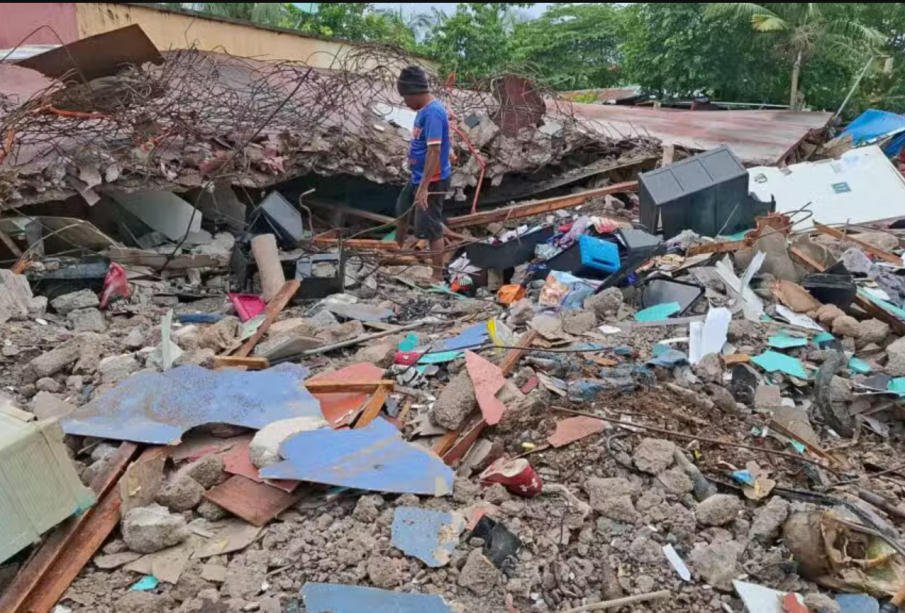Recent Earthquake Activity in the Philippines

Introduction
The Philippines is located in the Pacific Ring of Fire, making it one of the most seismically active regions in the world. Earthquakes have been a recurring natural phenomenon in the country, often leading to significant impacts on communities, infrastructure, and the economy. Recent seismic activity has raised concerns among residents and authorities alike, highlighting the importance of preparedness and response strategies.
Recent Events
In October 2023, the Philippines experienced a series of earthquakes that intensified discussions on geological safety and disaster preparedness. On October 11, a magnitude 6.4 earthquake struck near the northern island of Luzon, causing widespread alarm but fortunately resulting in minimal injuries and damage. The Philippine Institute of Volcanology and Seismology (PHIVOLCS) confirmed the earthquake’s epicenter was located offshore, reducing the likelihood of a tsunami.
The government has since mobilized assessment teams to evaluate the situation and provide necessary support to affected localities. Over 300 aftershocks followed the initial quake, with several measuring above magnitude 4.0. This spurred ongoing monitoring efforts across the region, emphasizing the need for residents to remain vigilant and prepared.
Preparedness and Response
In response to the recent seismic events, the National Disaster Risk Reduction and Management Council (NDRRMC) has initiated awareness campaigns focused on earthquake preparedness. Local governments are urging communities to create and practice evacuation plans, and to ensure that buildings adhere to seismic safety standards. The latest quakes serve as a reminder of the unpredictable nature of tectonic activity and the importance of disaster resilience.
Conclusion
The recent earthquake activity in the Philippines underscores the urgent need for continuous education and community preparedness in the face of natural disasters. As the country braces for potential future seismic events, officials are looking to enhance strategies to mitigate risks and improve resilience. Furthermore, as scientific advancements in seismology continue, it is hoped that predictive measures can aid in minimizing the impact of future earthquakes. For residents of the Philippines, staying informed and prepared remains crucial in the ongoing journey of living with the earth’s dynamic nature.









